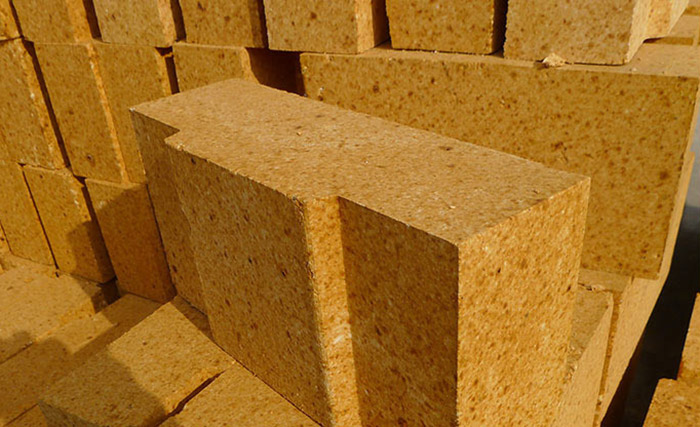Introduction:
In the realm of construction and refractory materials, two prominent types are red bricks and clay refractory bricks. While red bricks are widely used for building walls, clay refractory bricks, also known as clay-based refractory bricks, serve as a specialized type of refractory material. This article delves into the distinctions between these two materials, shedding light on their composition, manufacturing processes, and respective applications.
Fireclay Bricks:
Fireclay Bricks are a type of shaped refractory material specifically designed for high-temperature applications. During the sintering process, they are fired at temperatures around 1350°C. These bricks are primarily composed of clay as the binder and clay clinker as the aggregate. With a refractoriness exceeding 1560°C, clay refractory bricks are the most affordable among refractory bricks. They contain aluminum levels below 45%, classifying them as low-grade refractory materials. Typically, they are employed in less critical areas of high-temperature kilns and furnaces. Their recommended usage temperature is below 1200°C.
Red Bricks:
Red bricks are a type of construction material widely used for masonry work, particularly in building walls. They are made from a mixture of clay, shale, and coal gangue. After undergoing processes such as crushing, mixing, and molding through manual or mechanical pressing, they are dried and fired at temperatures around 900°C. During the firing process, the iron elements within the brick material undergo oxidation, resulting in the formation of iron(III) oxide, commonly known as red iron oxide. The presence of red iron oxide gives red bricks their characteristic reddish hue. Red bricks are primarily utilized for wall construction in various architectural projects.
Distinguishing Factors:
Application: Clay refractory bricks are specialized refractory materials engineered for high-temperature environments, such as kilns and furnaces. They are designed to withstand extreme heat and offer excellent thermal insulation. On the other hand, red bricks are general-purpose construction materials primarily used for building walls and structures in architectural applications.
Refractoriness: Clay refractory bricks possess high refractoriness, making them capable of withstanding temperatures above 1560°C. This characteristic allows them to endure the intense heat of industrial processes. In contrast, red bricks have lower refractoriness and are suited for temperatures below 1200°C, which makes them ideal for conventional building purposes.
Composition: Clay refractory bricks are composed of clay as the binding agent, with clay clinker serving as the aggregate. Red bricks, however, consist of a mixture of clay, shale, and coal gangue, resulting in their distinctive composition and properties.
Conclusion:
Understanding the disparities between red bricks and clay refractory bricks is crucial for selecting the appropriate material for specific applications. Clay refractory bricks are tailored for high-temperature environments, offering excellent refractoriness and durability. Meanwhile, red bricks are versatile construction materials commonly used for building walls. By discerning their unique features and applications, you can make informed decisions when choosing between these two materials, ensuring optimal performance and longevity in your respective projects.
Henan Rongsheng Xinwei New Materials Research Institute Co., Ltd. is a specialized refractory material production enterprise that integrates production, processing, and sales. We primarily produce high alumina bricks, fireclay refractory bricks, AZS corundum bricks, and castables. Our company possesses professional inspection and testing equipment, as well as two automated production lines for castables. We are dedicated to continuous improvement and refinement of each product, ensuring the vitality of Rongsheng Refractory Materials. With strong capabilities and professional sales channels and production processes, we strive to deliver exceptional products to our customers.

